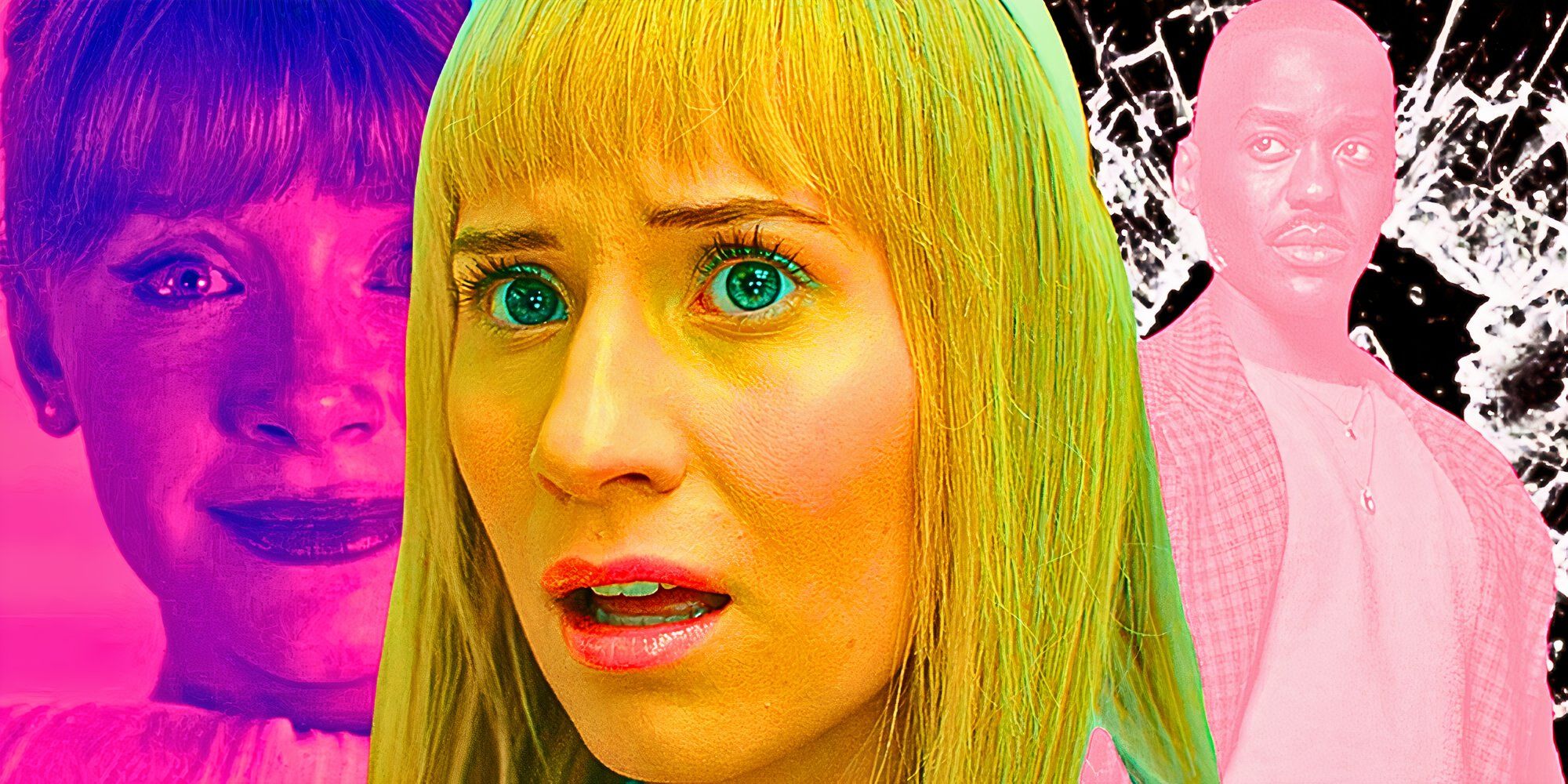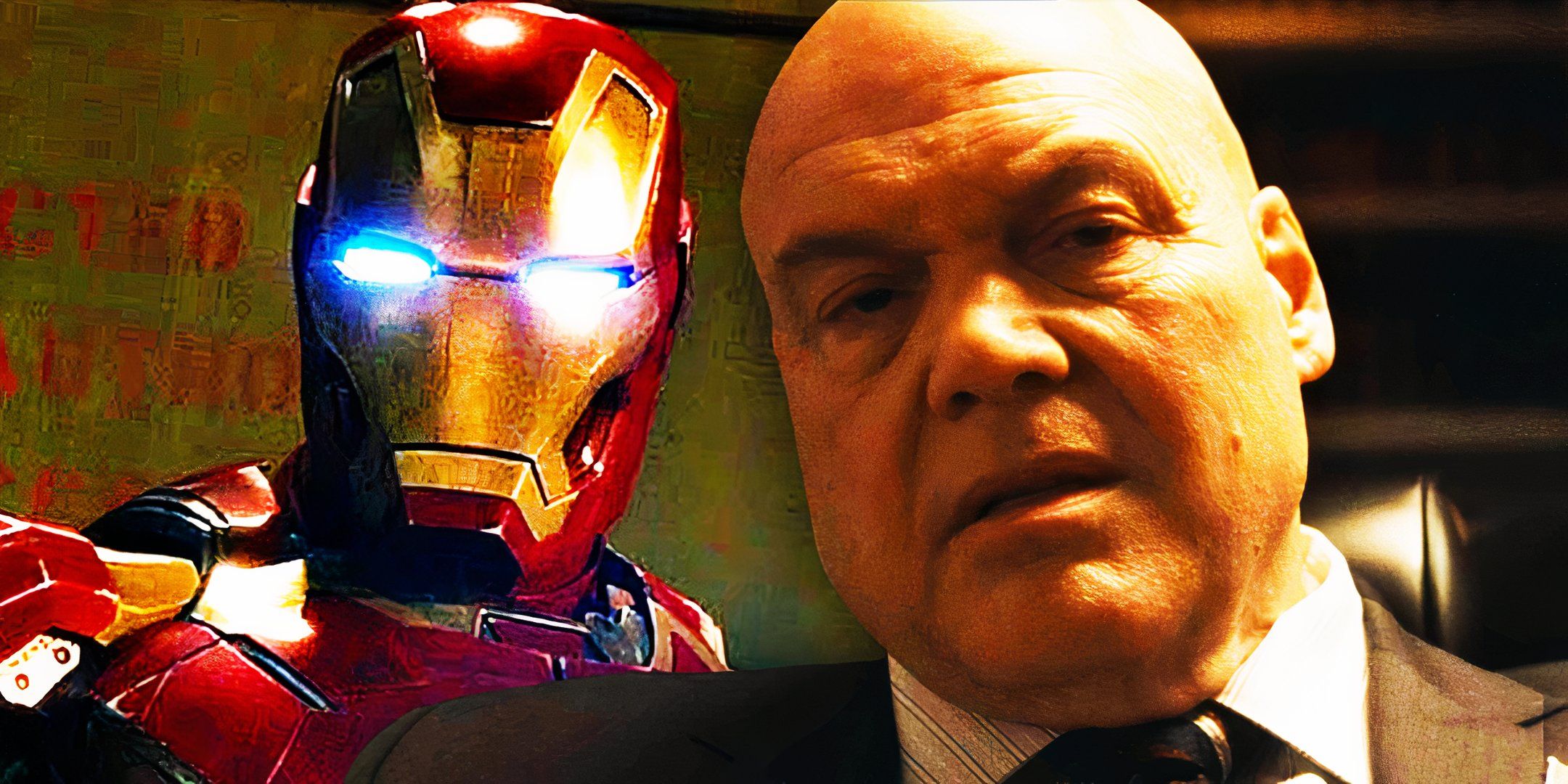Doctor Who Season 14's "Black Mirror" Episode Totally Misses The Point Of Black Mirror
Warning: Spoilers ahead for Doctor Who season 14, episode 5, "Dot and Bubble."
Summary Doctor Who's "Dot and Bubble" pays tribute to Black Mirror but falls short of replicating its grim and uncomfortable tone.
The episode struggles to focus on one central theme, cramming multiple social commentaries on racism, elitism, AI, and technology.
Doctor-lite episodes like "Dot and Bubble" highlight the risks of sidelining the main character, as it can lead to mixed messages and weak scripts.
Doctor Who season 14, episode 5, "Dot and Bubble," feels very much like a take on Charlie Brooker's Black Mirror, but Russell T Davies falls short of replicating the formula of the sci-fi anthology show. While there is undeniably some crossover in the target demographic of both shows, Doctor Who and Black Mirror are aimed at different audiences. However, Davies still manages to pay a semi-convincing tribute to the Netflix show during the second "Doctor-lite" episode in a row of Ncuti Gatwa's debut season.
The Doctor Who season 14 cast is rejigged once again in "Dot and Bubble" to account for the sparing use of Ncuti Gatwa's Fifteenth Doctor and Millie Gibson's Ruby Sunday. Instead, the episode is led by Callie Cooke as Lindy Pepper-Bean, which largely gives the impression of a standalone story in the vein of Black Mirror. The result is compelling, but it wouldn't come anywhere near the list of best Black Mirror episodes, and there are several reasons why it doesn't quite hit the mark.
Related Doctor Who Season 1, Season 14, Or Season 40? Disney Era Confusion Explained The Disney era of Doctor Who has resulted in a confusing numbering convention that begins with Ncuti Gatwa's first season as the Fifteenth Doctor.
Doctor Who Isn't Grim Enough To Do Black Mirror's Concept Properly
Black Mirror delves further into a story's miserable elements than Doctor Who can manage
One of the biggest goals of Black Mirror is to make the audience feel desperately uncomfortable, often delving deep into social taboos and raising questions that are incredibly difficult and awkward to address. While "Dot and Bubble" does focus on the racist attitude Lindy harbors toward the Doctor at the end of the episode, Doctor Who is a family show. Therefore, there's only so far it can push the subject. The scene is horrible to watch, but it doesn't double down on the negativity in the same way a Black Mirror episode might.
"Dot and Bubble" builds part of its narrative on social media addiction, which is also a huge component of Black Mirror season 3, episode 1, "Nosedive."
Doctor Who has been able to adopt a thoroughly dark tone before, despite being produced largely for family viewing. However, these episodes are often so far removed from reality that there's very little risk of it being mistaken for an allegory for anything. In addition, the Doctor still often comes out on top. That being said, a happy ending is an option in Black Mirror, although certain episodes maintain an element of grimness until the very end. This part of the formula is something that Davies successfully installs in "Dot and Bubble."
Doctor Who's "Dot & Bubble" Tries To Cram Four Black Mirror Episodes Into One
All the different messages in Doctor Who's Black Mirror tribute get in each other's way
Close
Black Mirror will often hone in on a specific topic and explore each of its facets from various angles. Although the story becomes severely fictionalized, the message of each episode is clear. Doctor Who's version of a Black Mirror story doesn't quite know what it wants to focus on, drawing on too many different subject matters to adequately address any of them during its 40-minute runtime.
Your browser does not support the video tag.
As well as highlighting the racism suffered by the Doctor, "Dot and Bubble" attempts to provide a social commentary on elitism by having a community of only those who come from wealth, as well as the dangers of AI by making the monsters invisible to the bubbles, then also making a point about being overly reliant on social media/technology in general. The messages become very mixed, burying one another and making it difficult to parse out the moral or main takeaway of the story.
"Dot & Bubble" Shows Why Doctor-Lite Episodes Are Still Risky
Not every Doctor-lite episode can be as effective as "Blink"
A "Doctor-lite" episode is when the titular Time Lord barely features in the installment, with the term being coined during David Tennant's run as the Tenth Doctor. The production technique is often used to aid with scheduling. For instance, Davies has confirmed Doctor Who season 14, episode 4, "73 Yards," revolves around Ruby as a result of Gatwa filming Sex Education at the same time. While the necessity has resulted in some truly terrific episodes of Doctor Who, "Dot and Bubble" represents the group of Doctor-lite episodes that would have benefited from a larger dose of the show's lead actor.
2:38 Related 17-Year-Old Doctor Who Episode Explains Why Ruby Couldn't Enter The TARDIS In "73 Yards" Ruby Sunday's failure to enter the TARDIS in "73 Yards" is similar to another Doctor Who' character's problem in a 2007 David Tennant episode.
The presence of a character like the Doctor can solve weak scripts or other issues, so omitting him means every remaining aspect needs to be airtight. Perhaps the most successful Doctor-lite story is Doctor Who season 3, episode 10, "Blink," with its solid structure competently telling the story of Sally Sparrow and the Weeping Angels. However, in the season before, "Love and Monsters" remains as evidence that the format can easily fall flat. "Dot and Bubble" isn't the worst Doctor-lite/Black Mirror episode, but its weaknesses highlight the ongoing risk of penning a Doctor Who script without the show's hero.
Episode Disney+ Release Date "Space Babies" & "The Devil's Chord" May 10 "Boom" May 17 "73 Yards" May 24 "Dot & Bubble" May 31 "Rogue" June 7 "The Legend of Ruby Sunday" June 14 "Empire of Death" June 21











COMMENTS